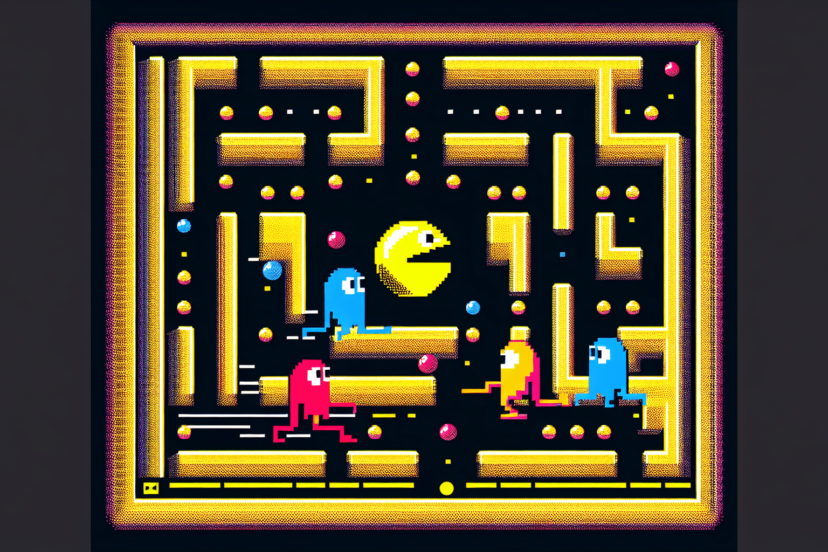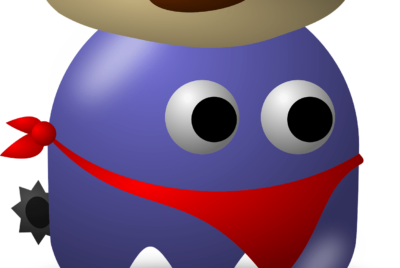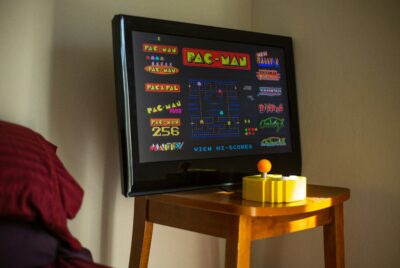Pacman 30th Anniversary 1
It’s hard to believe, but it’s been three decades since our beloved Pacman first adorned the bright screens of arcade games. “Pacman 30th Anniversary 1” takes us on a nostalgic journey, celebrating the game that captured our hearts and transformed the gaming landscape forever. From the iconic yellow character and the endless maze pursuits to the timeless challenge of evading those relentless ghosts, we relive the magic that made Pacman a cultural phenomenon. Together, let’s dive into the rich history, memorable moments, and the lasting impact of this classic game that continues to entertain and unite us. Have you ever wondered about the legacy of a game that quite literally defined an era? Well, we have, and today we’re diving into the colorful and maze-like world of Pacman as we celebrate its 30th anniversary!
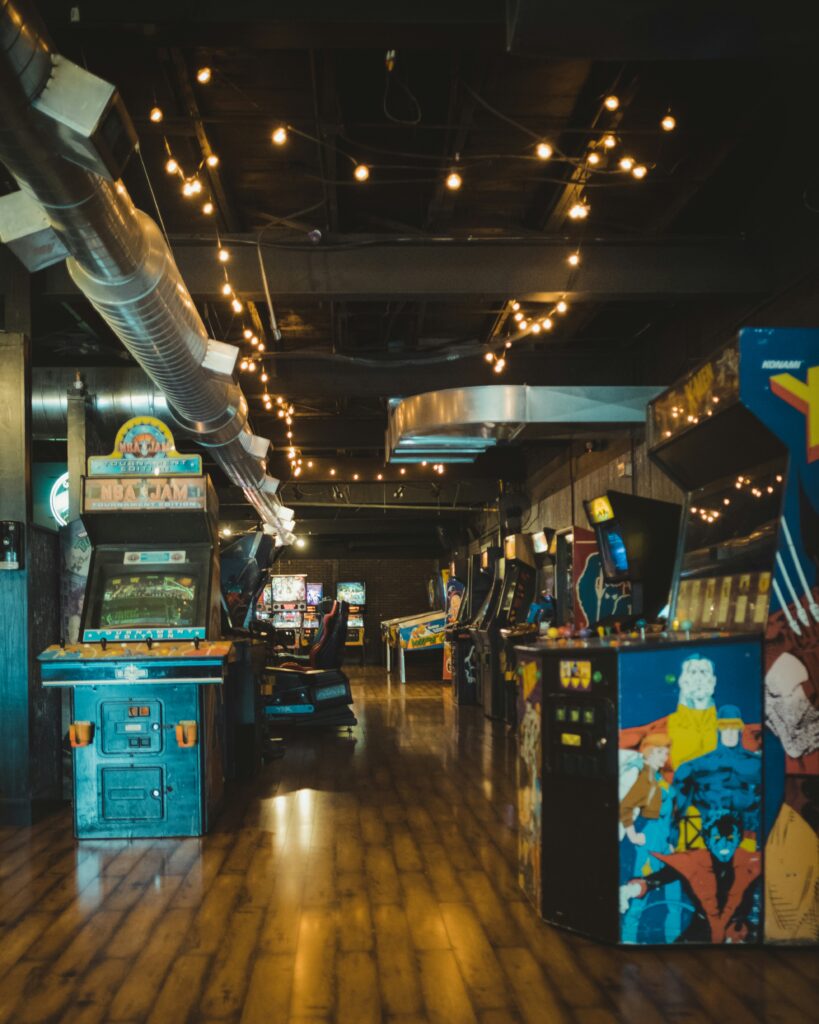
The Beginning of a Phenomenon
Pacman first graced the gaming world in May 1980. Developed by Namco and designed by Toru Iwatani, this iconic game was initially intended to appeal to a broad audience, especially women and couples. Unlike many other games of its time, Pacman offered a break from the violence and primarily male-focused games that dominated arcades.
Inspiration and Creation
Iwatani drew inspiration from several sources, including pizza. The idea struck him as he removed a slice from a pizza, creating a character that looks like a circle with a wedge removed. Hence, Pacman’s design was born—simple yet immediately recognizable.
The name “Pacman” comes from the Japanese phrase “paku-paku” which mimics the sound of the mouth opening and closing. Namco decided to name the game “Puck Man” in Japan. However, they quickly realized that in English-speaking countries, the name could easily be altered with some creative vandalism. Thus, “Pacman” was chosen for the international market.
Gameplay Mechanics
The simplicity and addictiveness of Pacman come from its straightforward yet challenging gameplay mechanics.
Objective
Our objective as players is to navigate Pacman through a maze, consuming all the dots (or “pellets”) while avoiding four colorful ghosts named Blinky, Pinky, Inky, and Clyde. If a ghost catches Pacman, we lose a life. The game progresses through different levels, each increasing in difficulty.
Power-ups and Fruits
Within the maze, we occasionally encounter “Power Pellets” that temporarily give Pacman the ability to eat the ghosts, turning the tables. Also, various fruits appear intermittently, offering extra points when collected.
Ghost AI
The game’s brilliance includes the distinct personalities of the ghosts, each programmed with unique behaviors:
- Blinky: Chases Pacman directly.
- Pinky: Tries to ambush Pacman by moving to where it thinks Pacman will go.
- Inky: Combines both Blinky’s and Pinky’s strategies.
- Clyde: Acts unpredictably.
Understanding these patterns allows skilled players to anticipate movements and plan effective escape routes.
Cultural Impact
Pacman isn’t just a game; it’s a cultural icon. Its influence extends beyond the arcade cabinets and into various aspects of popular culture.
Marketing and Merchandise
From lunchboxes and t-shirts to television shows and even board games, Pacman has left an indelible mark on nearly every form of media. Notably, the song “Pac-Man Fever” by Buckner & Garcia hit the Billboard charts, proving the game’s vast appeal.
Recognition and Awards
Pacman has received numerous awards and acknowledgments over the years. It holds a spot in the Smithsonian Institution in Washington, D.C., as a part of the permanent ‘Video Game Pioneer’ collection. The Guinness World Records recognizes it as the “Most Successful Coin-Operated Game.”
Evolution Over Three Decades
As we celebrate the 30th anniversary, it’s essential to recognize how Pacman has evolved.
Arcade to Console
Initially launched as an arcade game, Pacman found its way to home consoles like the Atari, NES, and eventually modern systems like PlayStation and Xbox. This adaptability helped it remain relevant through various generations of gaming technology.
Spin-offs and Sequels
Numerous sequels and spin-offs have come our way, including titles like “Ms. Pac-Man,” “Pac-Man World,” and “Pac-Man Championship Edition.” Each iteration introduced new elements while preserving the core gameplay mechanics that we love.
Pacman in the Modern Era
Even today, Pacman remains influential. Its characters and gameplay mechanics often make guest appearances in new games, and it’s also a staple in compilations of classic games.

Competitive Play and Speedrunning
For serious gamers, Pacman offers a rich field for competitive play and speedrunning.
High Scores and Records
Players worldwide compete to reach the highest scores, with some achieving what’s known as a “perfect game.” Billy Mitchell is famously known for being the first to achieve a perfect Pacman score of 3,333,360 points in 1999.
Speedrunning
Speedrunners also tackle Pacman, aiming to complete levels as quickly as possible. Platforms like Twitch and YouTube host numerous speedrunning events, drawing large audiences eager to see Pacman skills put to the test.
Learning from Pacman
Pacman isn’t just fun; it’s a rich resource for learning.
Strategy and Planning
By understanding ghost behavior and planning our moves, we learn the importance of strategy and pattern recognition.
Cultural Studies
As a cultural icon, Pacman offers insight into early 1980s society and how video games began to shape pop culture.
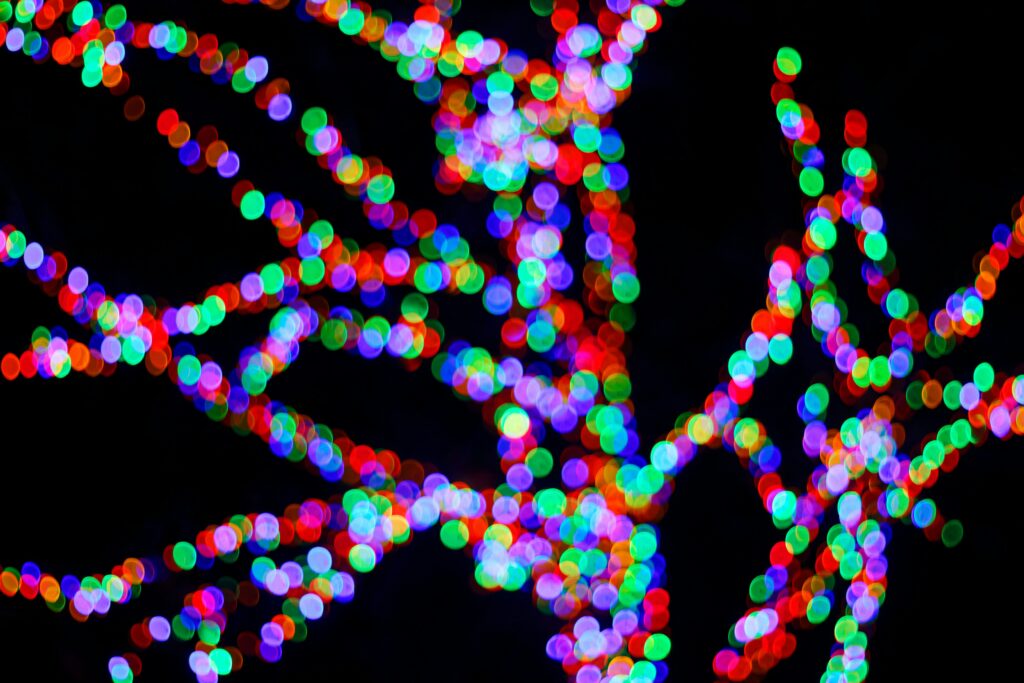
Why We Still Love Pacman
Why does Pacman endure? Its simplicity is part of its lasting appeal. With no convoluted rules or controls, anyone can pick up and play it, yet mastering it requires significant skill. This balance between accessibility and depth keeps us coming back.
Nostalgia
For many of us, Pacman evokes fond memories of arcades and early gaming experiences.
Timeless Fun
Even new generations find joy in Pacman’s gameplay, proving its timeless relevance.
Celebrating 30 Years
Namco and Bandai Namco have done a fantastic job celebrating Pacman’s 30th anniversary with various activities and releases.
Anniversary Editions
Special editions of the game have been released to mark this milestone. These editions often include improved graphics, new levels, and sometimes even historical notes that take us through Pacman’s journey over the decades.
Online Events
Virtual and live events have been organized, including tournaments and panels featuring gaming historians and developers who share behind-the-scenes stories about Pacman’s development.
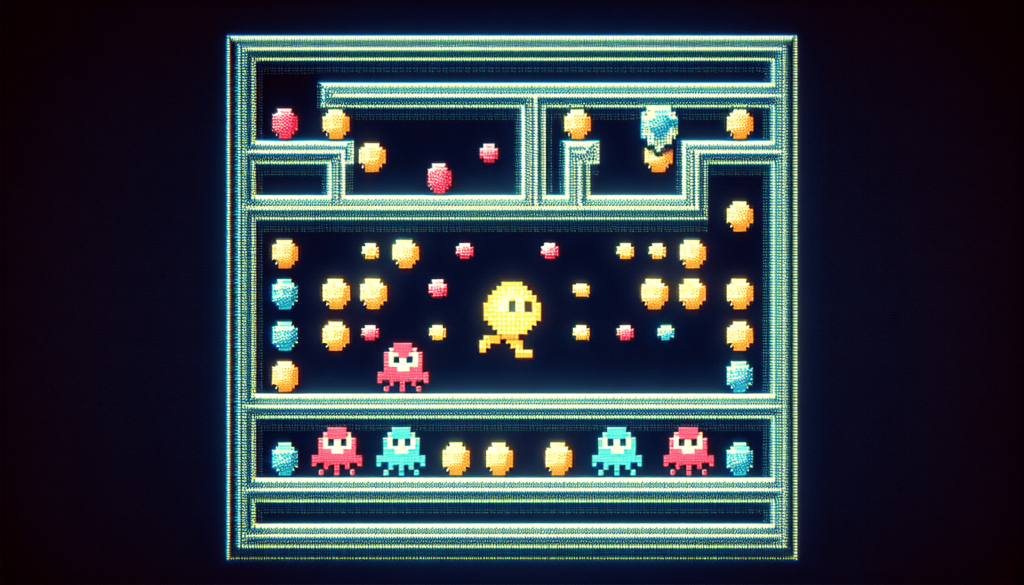
Conclusion
As we celebrate 30 years of Pacman, we look back not just at a game but at an enduring cultural phenomenon that continues to captivate us. Its simple yet challenging gameplay, infectious charm, and significant influence on both gaming and pop culture make Pacman a timeless classic.
So, let’s dive back into the maze, munch on some pellets, and outwit those ghosts. Here’s to another 30 years of joyful gaming with Pacman!

